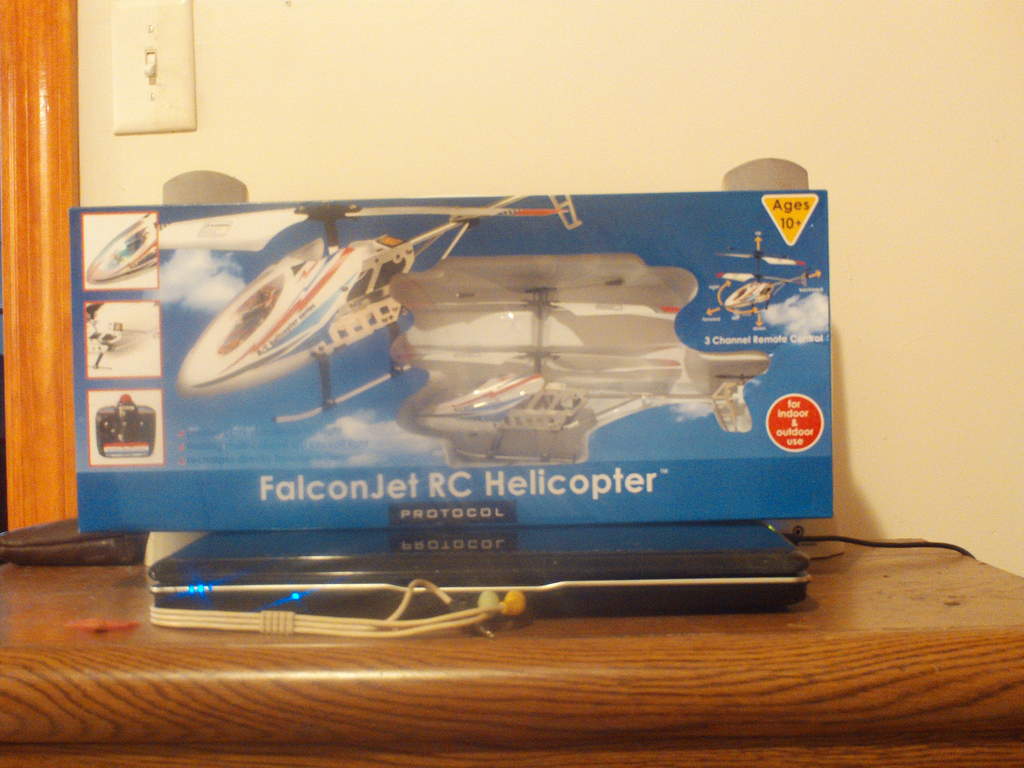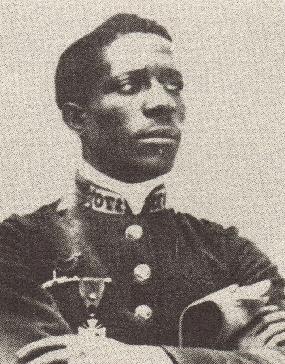My current focus is flying ultralights. My most burning interest for the past couple of years is to fly hang gliders. Hang Gliding has been a popular sport since the 1970's and has recently come a long way in its development. Also, the FAA has since created the Sport Pilot rating.
I am back at it this year in 2010 and am determined to make this happen. My goal is to reach the following USHPA Ratings:
- Hang II certification by spring
- Hang III certification by Fall


- Virgin Galactic has completed its construction of SpaceShipTwo. As of this blog, Virgin Galactic has successfully completed a drop test of the Vehicle from the VSS Enterprise. They are making moves to get space tourism underway, so that people can ride their private sub-orbital shuttle just as a person could take an airline flight.
- Several Model Aircraft builders have sent homebuilt UAV's into near-space altitudes. The Brooklyn, NY based father-son team of Luke and Max Geissbuhler constructed a UAV with a weather balloon, a video camera, and an iPhone. The UAV traveled to an altitude of 19 miles. While this altitude is 41 miles short of the Karman Line (Edge of Space), which is defined by the Fédération Aéronautique Internationale (FAI) as 100 KM (61 mi), it was able to reach an altitude that far exceeded the altitude of passenger jets and was high enough to see the blackness of space and the curvature of the earth that is experienced by astronauts.
Homemade Spacecraft from Luke Geissbuhler on Vimeo.
Despite the difficulties posed by the continuously souring economy, it is an exciting time for an air & space enthusiast to be alive. People are giving it all they have in order to accomplish their dreams.
- Continue to work towards becoming a flight instructor for ultralight aircraft... sticking with hang gliders for the time being, and eventually expanding to sailplanes and powered parachutes.
- Launch my own near-space UAV
- Offer Model Aeronautics educational experiences to Metro Atlanta K-12 students using AMA resources.














